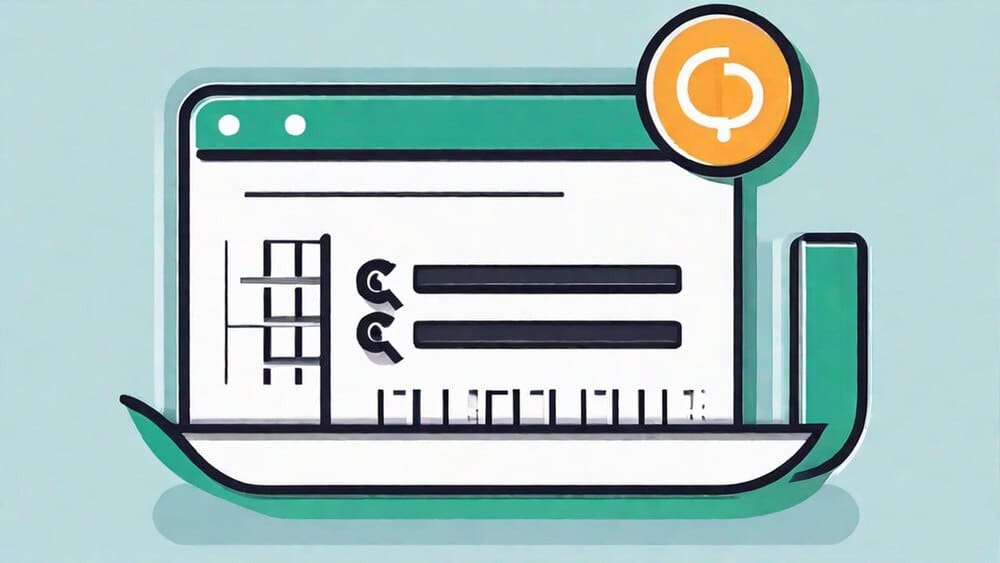For Miami residents navigating one of the nation’s most expensive and dynamic economic landscapes, mastering credit is not just a financial goal—it is a survival tool. The key to unlocking better interest rates on everything from mortgages to auto loans lies in a smart credit utilization ratio, the percentage of available credit you use. Financial experts universally advise keeping this figure below 30% across all revolving accounts, but for those seeking to build top-tier financial resilience in the Magic City, the real target is much lower. Aiming for a utilization ratio under 10% is the strategic move that signals maximum financial responsibility to lenders, ultimately saving you thousands and opening doors to prime financial products when you need them most.
What Exactly is a Credit Utilization Ratio?
Before you can manage it, you must understand it. Your credit utilization ratio, sometimes called a debt-to-credit ratio, is a simple but powerful calculation. It measures how much of your total available revolving credit you are currently using.
The formula is straightforward: Total Revolving Debt ÷ Total Revolving Credit Limits = Credit Utilization Ratio. Revolving credit primarily refers to accounts like credit cards and personal lines of credit, where your available credit replenishes as you pay down your balance.
Imagine you have two credit cards. Card A has a $10,000 limit and a current balance of $2,000. Card B has a $5,000 limit and a balance of $500. To find your overall ratio, you first add your balances ($2,000 + $500 = $2,500) and then your credit limits ($10,000 + $5,000 = $15,000). You then divide your total balance by your total limit: $2,500 ÷ $15,000 equals approximately 16.7%. This is your overall credit utilization.
It is crucial to know that lenders and credit scoring models like FICO and VantageScore look at this ratio in two ways: on a per-card basis and as an overall aggregate. Maxing out a single card can hurt your score, even if your overall utilization is low.
The “Amounts Owed” Factor: Why Lenders Care
Your credit utilization ratio is the second most important factor in determining your credit score, right behind your payment history. In the widely used FICO model, the “Amounts Owed” category, which is dominated by your utilization ratio, accounts for a substantial 30% of your total score.
From a lender’s perspective, this metric is a direct indicator of risk. A consistently high utilization ratio suggests you may be overextended or reliant on credit to manage your daily expenses. It raises a red flag that you might be experiencing financial distress, making you a higher risk for defaulting on future loans.
Conversely, a low utilization ratio sends a powerful message. It demonstrates that you have access to credit but use it judiciously and responsibly. It shows you are in control of your finances, making you a much more attractive borrower in the eyes of banks, credit unions, and other financial institutions.
Navigating Miami’s Unique Financial Landscape
While maintaining a low credit utilization ratio is important everywhere, the stakes are significantly higher in Miami. The city’s soaring cost of living, competitive markets, and vibrant social scene create a unique financial pressure cooker where a strong credit profile is not a luxury, but a necessity.
The Housing Hurdle: Mortgages and Rent
In Miami’s notoriously competitive real estate market, a stellar credit score can be the deciding factor between securing your dream home or being left behind. Lenders scrutinize credit reports, and a high utilization ratio can lead to a lower score, resulting in a higher mortgage interest rate. A seemingly small difference in your rate can translate into tens or even hundreds of thousands of dollars in extra interest payments over the life of a 30-year loan.
This scrutiny extends to the rental market as well. With high demand for apartments, landlords frequently use credit checks to screen potential tenants. A low credit score, dragged down by high utilization, can lead to your application being denied or requiring a much larger security deposit.
Insurance Premiums and Auto Loans
Florida consistently ranks among the states with the highest auto insurance premiums, with Miami-Dade County often leading the pack. What many residents do not realize is that insurance companies frequently use a credit-based insurance score to help determine premiums. A better credit score, bolstered by low utilization, can directly lead to lower monthly car insurance payments.
The same principle applies to financing a vehicle. In a city where a car is often essential, a strong credit profile ensures you qualify for the best available auto loan rates, saving you significant money over the term of the loan.
Beyond the 30% Rule: Aiming for Excellence
Financial advisors have long preached the “30% rule” as a baseline for healthy credit. While staying under this threshold is certainly good advice to avoid actively harming your score, achieving true financial strength requires a more ambitious target.
The 30% Guideline: A Good Starting Point
Think of keeping your utilization below 30% as the minimum requirement. Once you cross this line, your credit score typically begins to drop noticeably. If your total credit limit is $20,000, you should aim to keep your total balance below $6,000 at all times.
The 10% Goal: The Gold Standard
For those serious about maximizing their financial power, the real goal is to keep utilization under 10%. Analysis of consumer credit data consistently shows that individuals with the highest credit scores (800 and above) typically maintain utilization ratios in the single digits. This demonstrates an elite level of credit management that lenders reward with their very best offers.
The Myth of 0% Utilization
Interestingly, aiming for a constant 0% utilization is not the optimal strategy. Credit scoring models need data to work. If you never use your credit cards, lenders have no recent information to judge your borrowing behavior. A report showing a small balance that you then pay off in full demonstrates active, responsible use, which is often better for your score than no activity at all.
Practical Steps to Improve Your Ratio Today
Lowering your credit utilization ratio is one of the fastest ways to boost your credit score. The impact is almost immediate, as issuers report your balances to the credit bureaus every month. Here are actionable strategies any Miami resident can implement.
Make Multiple Payments Per Month
Your credit card issuer typically reports your balance to the credit bureaus once a month, usually on your statement closing date. This means that even if you pay your bill in full by the due date, a high balance could still be reported. To combat this, make a payment before your statement date to lower the balance that gets recorded. This single trick can dramatically reduce your reported utilization.
Ask for a Credit Limit Increase
Increasing your denominator is just as effective as decreasing your numerator. If you have a $2,000 balance on a card with a $5,000 limit, your utilization is 40%. If you request and receive a limit increase to $10,000, your utilization on that card instantly drops to 20% without you paying a single dollar. This is a powerful tool, but it comes with a critical warning: only do this if you have the discipline not to increase your spending along with your limit.
Strategically Pay Down Balances
If you carry balances on multiple cards, prioritize paying down the card with the highest individual utilization ratio first. For example, if you have one card at 80% utilization and another at 20%, focusing on the 80% card will provide a bigger and faster boost to your credit score, as scoring models penalize maxed-out cards heavily.
Consider a Debt Consolidation Loan
For those with significant credit card debt, a personal loan can be a strategic solution. Using a fixed-rate personal loan to pay off high-interest credit card balances accomplishes two things. First, it converts revolving debt (which counts toward utilization) into installment debt (which does not). This can immediately drop your credit utilization to near zero. Second, the interest rate on a personal loan is often much lower than credit card rates, saving you money.
In conclusion, your credit utilization ratio is far more than a simple number on a report; it is a direct reflection of your financial control and a key that unlocks opportunity in a city like Miami. While staying below the 30% threshold is a solid foundation, the truly savvy consumer aims for under 10% to achieve maximum financial leverage. By actively managing your balances, strategically using your available credit, and understanding the high stakes of Miami’s economic environment, you can harness the power of this crucial metric to build a more secure and prosperous financial future.







